i have a query like this:
select * from (
select * from TableX
where col1 % 2 = 0
) subquery
where col1 % 4 = 0
The actual subquery is more complicated. when i execute the subquery alone it returns maybe 200rows quickly, but when i execute the whole query, it takes too long to wait.
I know sql server takes some optimization here and merge the where statement into the subquery, and produce the new execution plan which is not that efficient. Althought i can dive into the execution plan and analyze why, like index missing, statistics stale.
But i surely know that, my subquery which serves as a BaseTable will only return a small portion of data, so i want all further filtering or joining will only take place in these small portion of data.
My question is, can i force sql server to execute the subquery first, without caring about the outer where statement? (btw, TempTable is my last option, CTE is not working)

